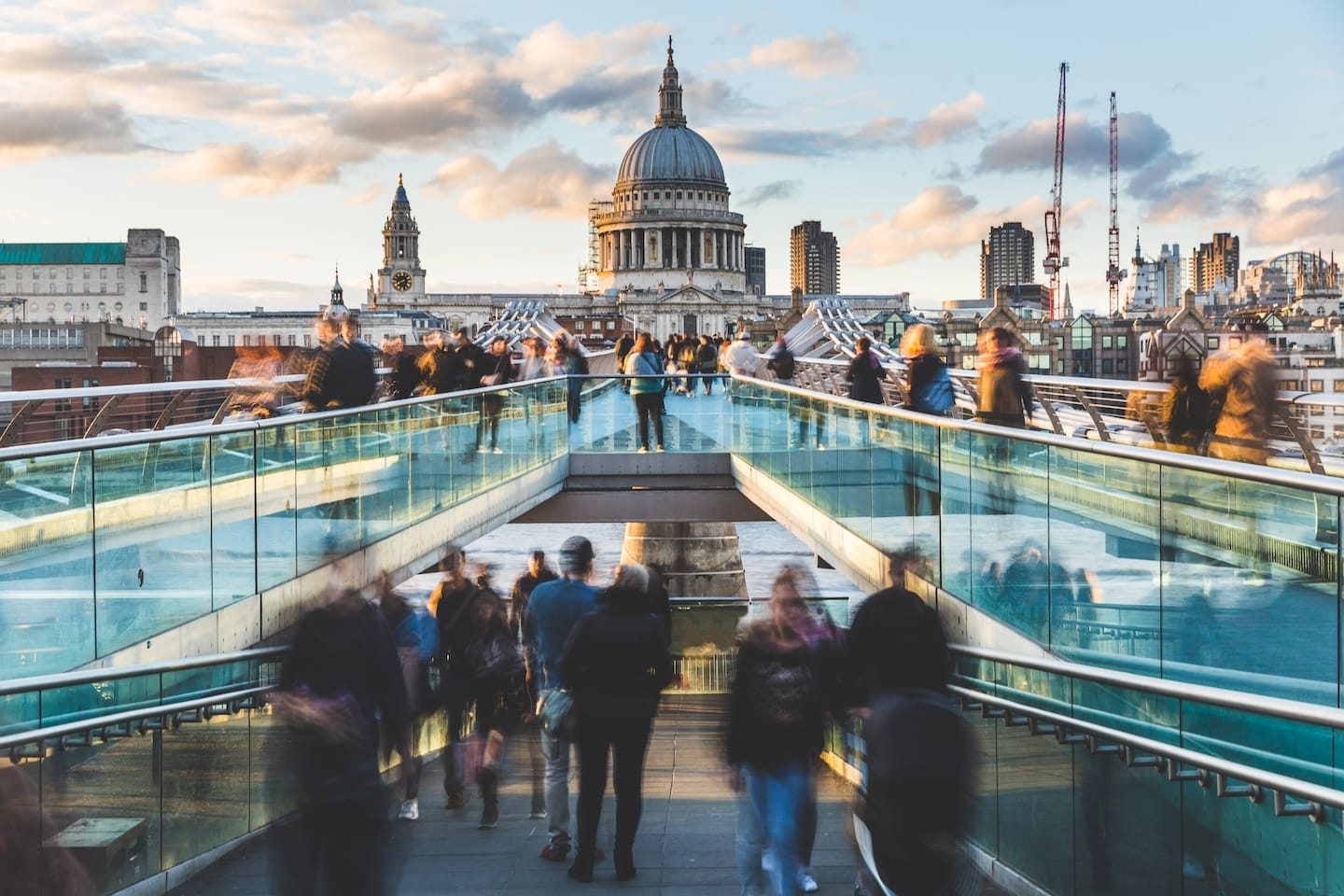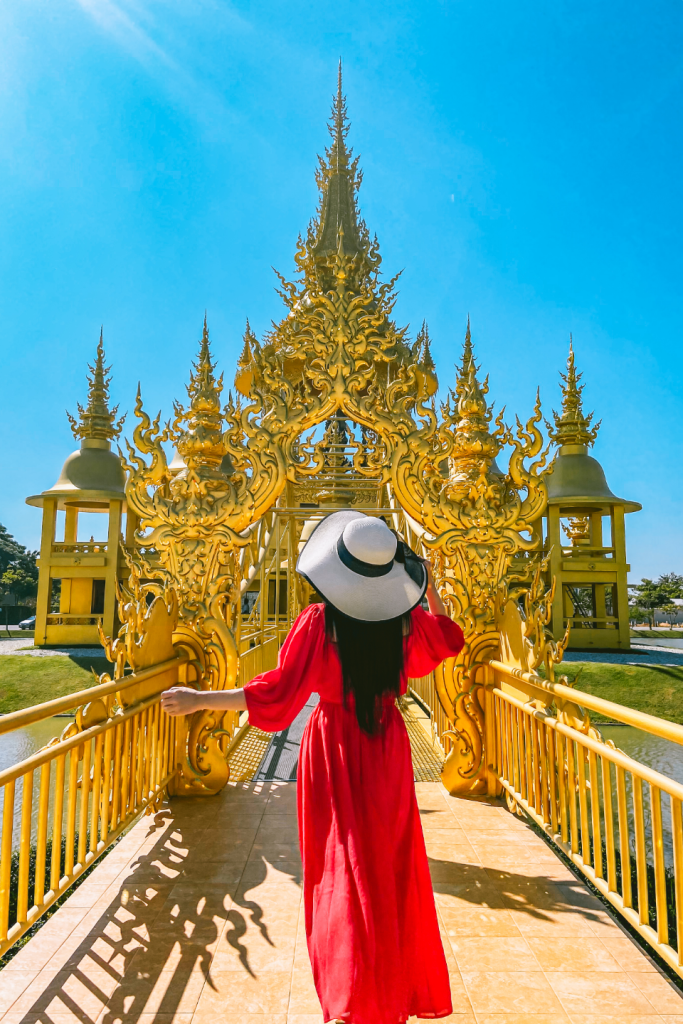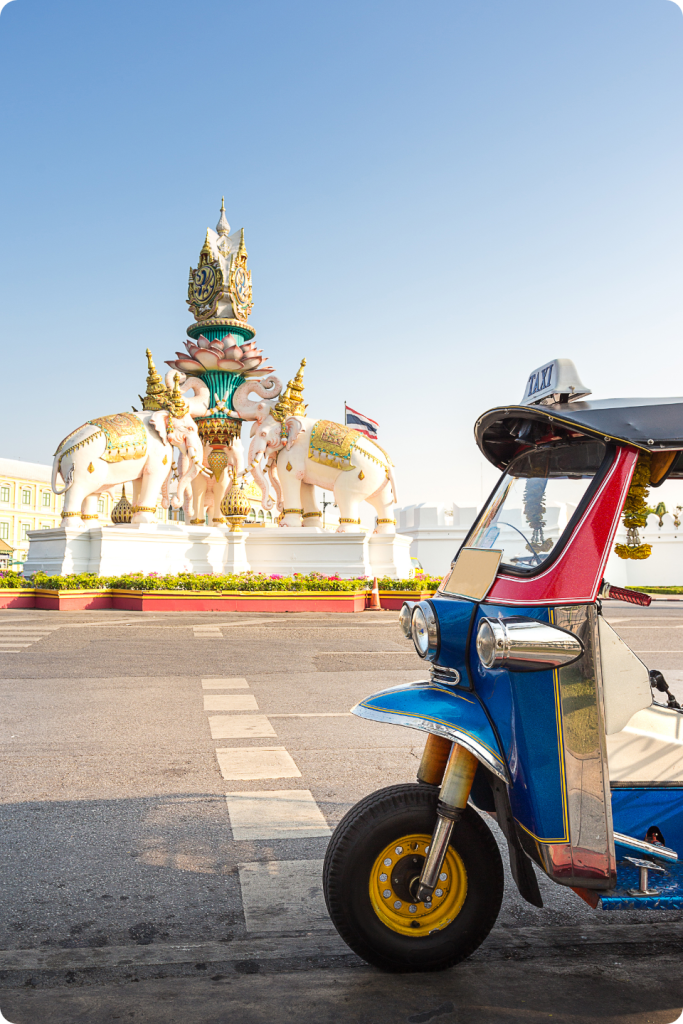
Traveling can be exhilarating, but how we approach it can drastically change our experience. Some travelers meticulously plan every detail, ensuring they see all the must-visit attractions, while others thrive on spontaneity, letting the journey unfold naturally. I’ve experienced both styles, and while each has its merits, one trip in particular solidified my belief in the importance of planning—while leaving room for the unexpected.
The Perfectly Planned Disaster
Years ago, I embarked on what I thought would be the ultimate European adventure. I had everything booked down to the minute—flights, train tickets, museum passes, and even dinner reservations. On paper, it was flawless. In reality, it was an exhausting whirlwind that left me more drained than inspired.
By day three, the cracks in my over-structured itinerary began to show. I had scheduled an ambitious morning exploring the Louvre in Paris, followed by an afternoon train to Brussels. A minor metro delay in Paris made me miss my train, throwing my tightly packed schedule into chaos. I spent hours scrambling to rebook, watching the precious time I should have been enjoying slip away.
Rushing from one landmark to the next, I barely took in the beauty around me. I checked places off my list but didn’t experience them. I left that trip feeling like I had completed a scavenger hunt rather than truly traveling.
The Joy of Letting Go
Years later, I found myself on a last-minute getaway to Thailand. With only a one-way ticket to Bangkok and no fixed agenda, I let curiosity lead the way. I woke up each morning and decided my plans over breakfast. Some days, I wandered through local markets; others, I hopped on a boat and explored remote islands. I struck up conversations with fellow travelers, learning about hidden gems I never would have found in a guidebook.
One afternoon, a friendly local invited me to a small temple outside Chiang Mai. It wasn’t on any “must-see” list, but it turned out to be one of the most breathtaking places I’d ever visited. I sat for hours in peaceful contemplation, something my old self—bound by schedules—would never have made time for.
Without a rigid plan, I experienced travel in its purest form. The stress of keeping up with reservations and schedules disappeared, replaced by the thrill of discovery. That trip changed my perspective on travel forever.
Striking the Right Balance
Through these experiences, I’ve realized that the key to unforgettable travel lies in balance—having a structure in place while leaving space for spontaneity. Here’s how I now approach my trips:
- Plan the Essentials: I book flights, accommodations, and any must-see experiences that require advance reservations.
- Leave Room for Serendipity: I set aside unplanned days or blocks of free time to wander, explore, and embrace unexpected opportunities.
- Use Loose Itineraries: Rather than cramming in 10 attractions in a day, I list a few key places I’d like to see and play the rest by ear.
- Be Flexible: I remind myself that not everything will go according to plan—and that’s okay. Some of the best moments happen when things don’t go as expected.


The Best of Both Worlds
Now, I never travel without a flexible plan—a foundation that allows for both structure and spontaneity. I’ve found that this hybrid approach gives me the confidence to navigate new destinations while ensuring I don’t miss out on magical, unplanned experiences.
So, whether you’re a meticulous planner or an adventurer who thrives on the unknown, consider embracing a little of both. Because sometimes, the most unforgettable moments happen in the spaces between the plans.






